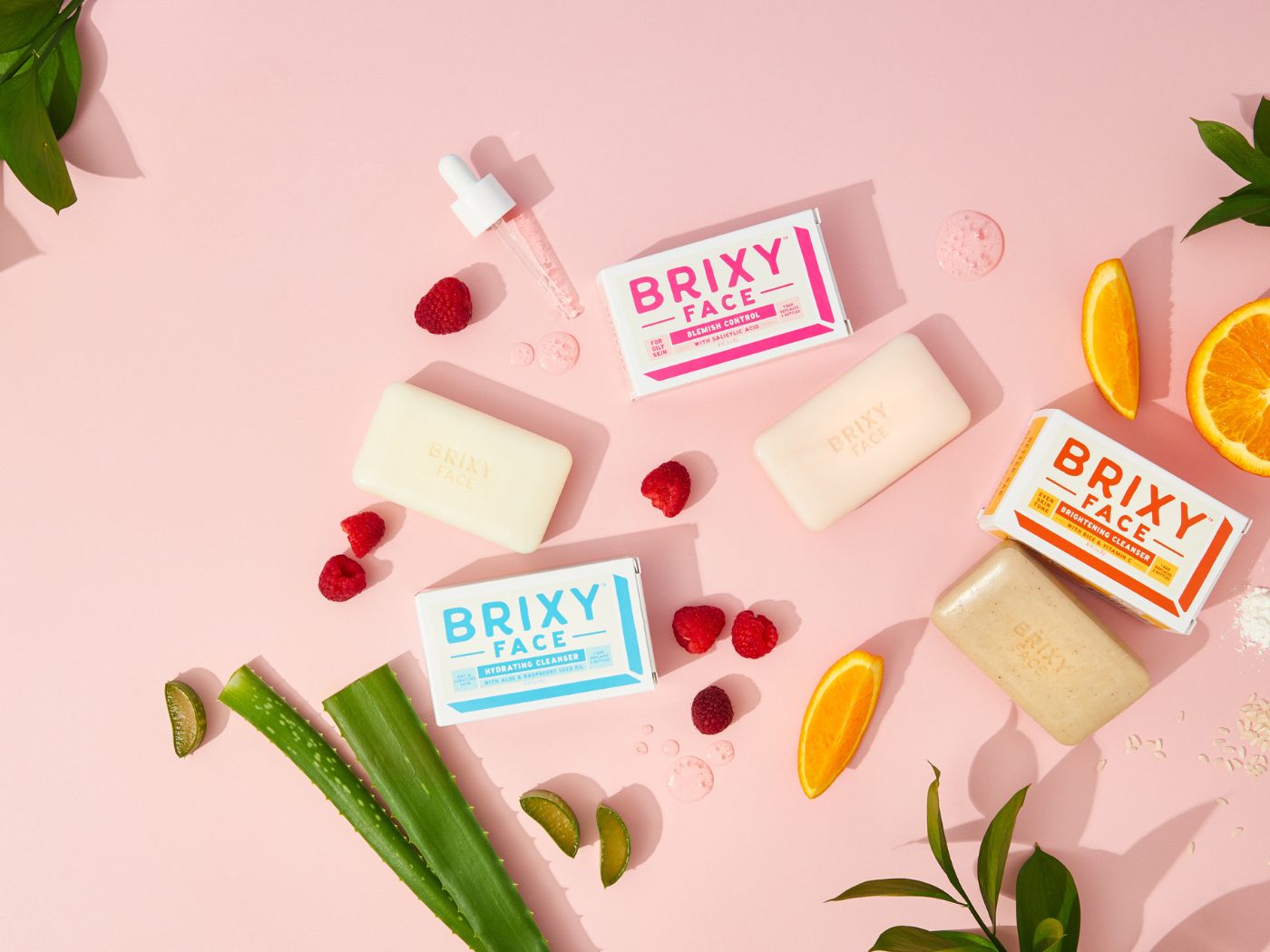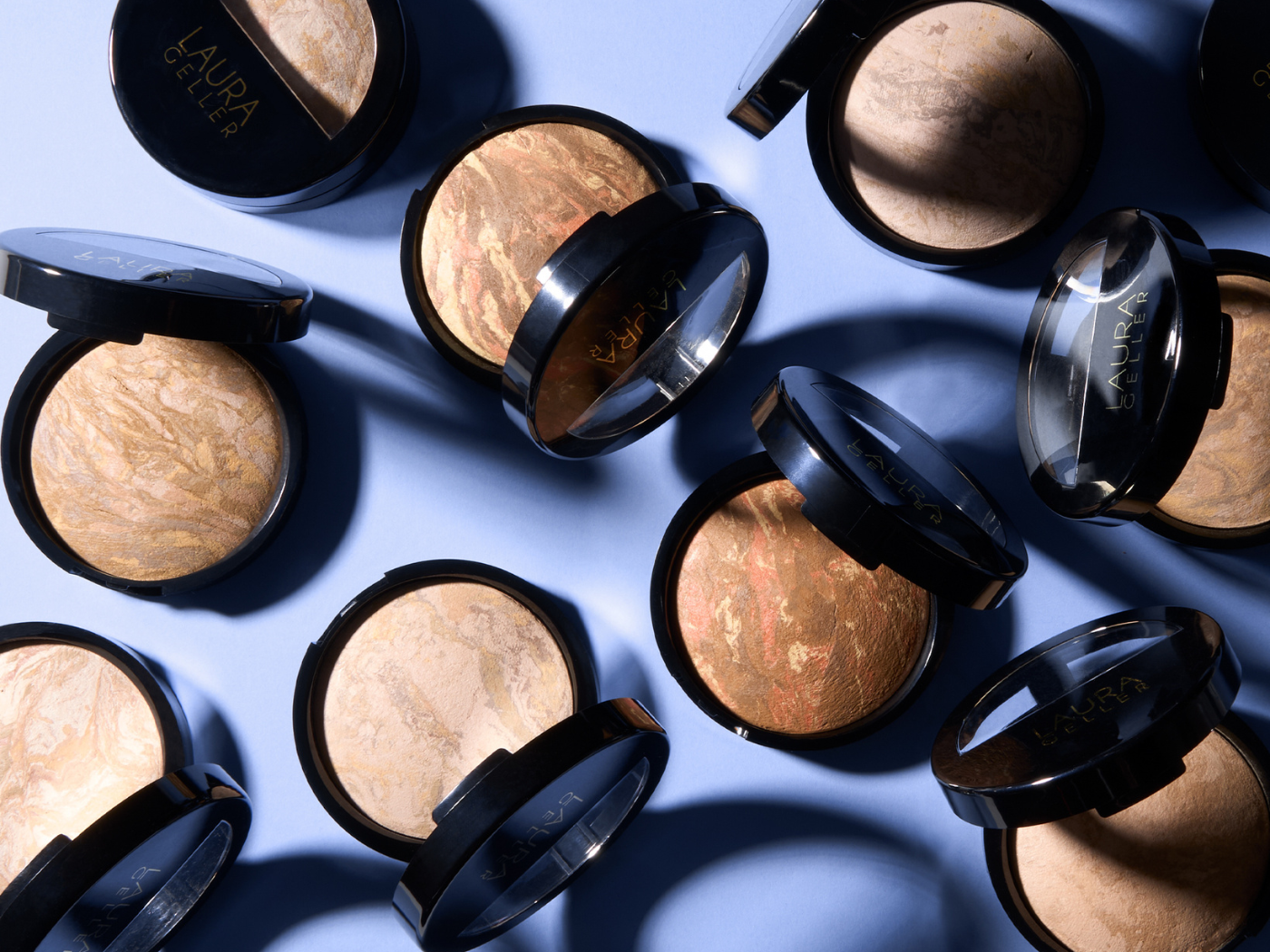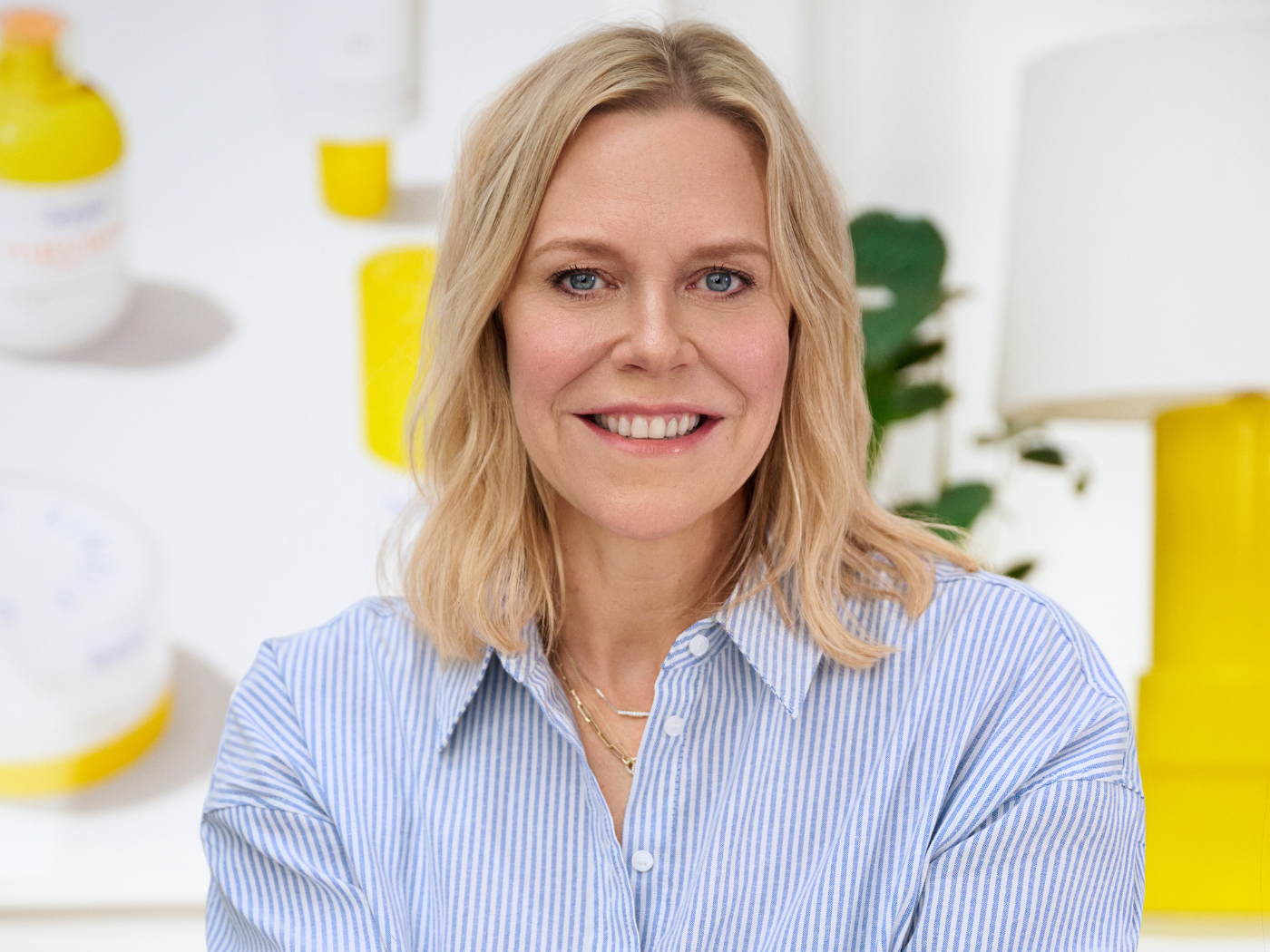Long before the food, beverage, apparel, and retail industries offered up a single rainbow-colored Instagram post for Pride month, the beauty industry pioneered LGBTQ+ inclusion in advertisements and social media campaigns. Makeup in particular relates to identity — and the celebration of it — and brands took note to show love to the community.
But this Pride season is hitting a little differently. Anti-LGBTQ+ commentary against brands such as Target and Budweiser is coinciding with backlash from the LGBTQ+ community for brands’ rainbow-washing seasonal support. If a brand wants to navigate this tense, true ally-establishing Pride month (and the next one), they must make sure their efforts are authentic and strong enough to withstand controversy, according to Therese Little, Head of Sales and lead of the DEIB task force at Traackr, an influencer marketing platform. Therese weighed in more about creating Pride campaigns to be proud of.
“The LGBTQ+ community and allies represent dollars, and can help a brand survive, thrive, and grow,” she says. But moreover, a brand has an opportunity to speak to thousands more than an individual could, especially a member of a marginalized community. “We’re in a pivotal time as a society,” she says. “You have to know as a brand that you wield some power to sway sentiment broadly and that you can stand up on the right types of things or the wrong ones.”
The mark of a disingenuous, ineffective Pride campaign: It doesn’t leave Pride month, says Therese. “And when people are criticizing [your brand] for tokenization — that one-off campaign — that’s indicative that a brand needs to look in the mirror and ask: ‘Are we actually valuing this group of people as part of our brand’s mission? And is it coming through in the work that we’re doing not only during Pride month but consistently?’”
Working with support organizations and charities is another way to put a microphone up to your message. Therese points to efforts by Revlon, whose donation to The Trevor Project is not based on sales; and Nordstrom, who is donating to The Human Rights Campaign and Trans Lifeline, among others. “Maybe a consumer has never heard of one of these organizations, and they’ll look it up because a place where they spend their money respects [this organization] and is supporting them — maybe they’ll donate some money and their friends will too,” says Therese. “In this way, the campaign makes a positive impact that goes beyond the singular donation of a brand and has this collective effort behind it. That is really powerful.”
Also, powerful? Telling someone’s story, says Therese. She gives a lot of credit to Nars, who in addition to working with It Gets Better (an Internet-based nonprofit designed to uplift and connect LGBTQ+ youth), teamed up with queer and trans content creators and artists who share personal stories on TikTok and Reels and posts on Instagram. She also loves the work of NYX (which partnered with the Los Angeles LGBT Center), who are prominently featuring the narratives of makeup-loving gamers, including Frederic Chen (@fredericchenyt), who also does beauty tutorials on social media.
Working with LGBTQ+ influencers already vocal about queer issues articulates authenticity, says Therese. But it must be the right match. “All social media consumers are really hip to inauthenticity — if you’re just trying to jump on a trend or a moment, and it’s not part of your DNA as an organization, you’re gonna get called out for that, she says. “Working with influencers who have similar values sends your message to their audience.”
But a message cannot come off as scripted. Not letting an influencer speak for themselves will muffle the point of a partnership. “You really have to let them speak — this is not the same as buying an ad in the paper,” says Therese. “They’re people.”
And they’re people who know the best way to reach their audience. Their messaging is going to beat what a brand could produce alone “every time,” says Therese. “Having people who are trusted by the community, who represent the community, who are allies to the community, saying, ‘This is a good brand; this is why I like it. This is how they’re supporting us,’—that’s going to win over hearts and minds.”
What Traackr aims to do is bring influencer marketing to global brands. “We provide the greatest breadth of data available around creators, influencers, and activations so that brands can establish authentic partnerships.”
But perhaps the first step toward an authentic stride for Pride starts within a company. “Marketing is one consumer-facing arm, but [inclusion] should be an extension of everything you do as an organization in terms of how you treat your employees,” says Therese. Having a sense of belonging behind closed doors will help a brand weather a storm outside them. “If you are comfortable in your values then even if the reception [of a campaign] is not always comfortable, you’re better prepared [to stand by it],” Therese says. “As an organization, your feedback to any sort of reaction should be to continue to state your values as an organization and exert those values.”




